The HSE is warning that cranes must be left in free slew when unattended to allow them to move in high winds.
The alert states: “HSE has identified that some tower crane users have not been releasing the slew brake and/or placing the jib at the correct out of service radius, when leaving cranes out of service and unattended.
“If luffing jib cranes are left out of service with the slew brake engaged and/or the jib parked at too small a radius, there is a possibility the crane may not be able to weathervane freely in high winds.
“This could result in very high loadings being placed on the crane with the consequential collapse of the jib or the whole crane.”
The HSE has also issued a checklist for crane owner/operators:
- Ensure they have the most accurate, up to date information for the specific crane they are operating by discussions or correspondence with the supplier or manufacturer as some manufacturers have recently changed their guidance;
- Check that such information includes the correct minimum out of service radius for the specific crane they are operating with the supplier or manufacturer;
- Check both after erection and periodically in service, the function of the device that releases the slew brake and places the crane in free slew;
- Check both after erection and periodically in service, that the condition of the slew drive motors, gearboxes and slew ring bearing has not deteriorated to the extent that the crane is prevented from slewing freely;
- Check both after erection and periodically in service, the setting and function of any devices that warn the operator that the crane jib has not been left parked at the correct out of service radius and/or the slew brake has not been released;
- Ensure that operators have been provided with instructions on how the crane should be placed in free slew and the correct radius at which the jib should be positioned when leaving the crane unattended. This should include measures to routinely check that the operators understand and are following the instructions provided;
- Undertake periodic checks that the buildings under construction, other cranes or high reach plant are not preventing the crane from free slewing. Consideration needs to be given to both front jibs and rear counter jibs.







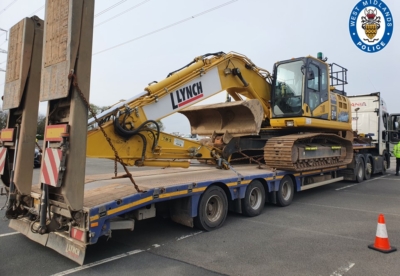

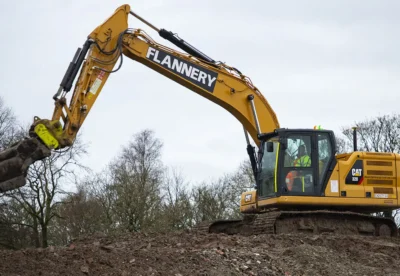

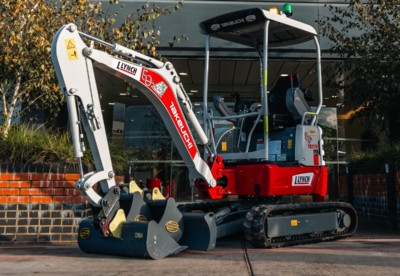
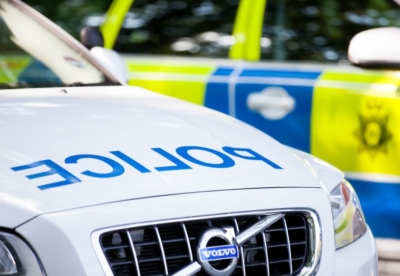
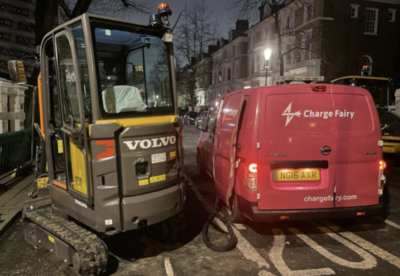

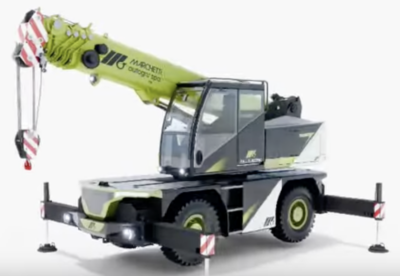
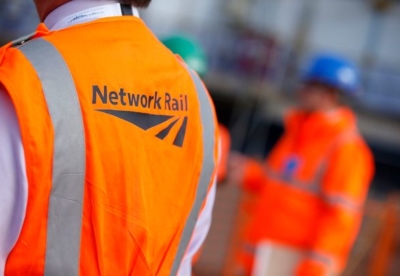
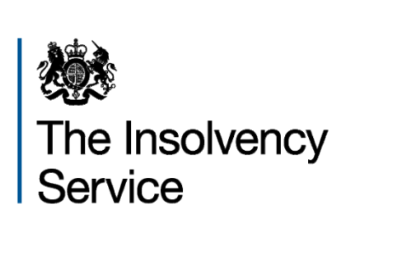

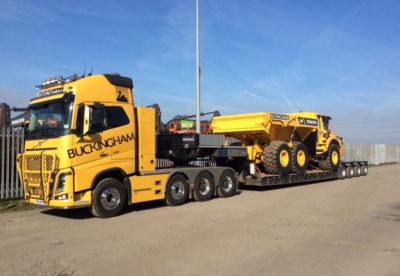
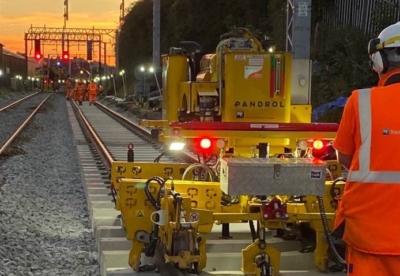
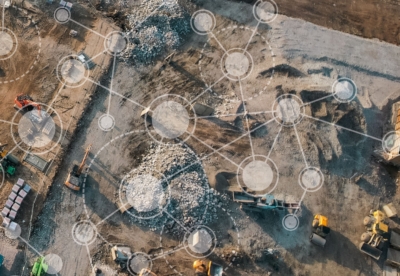

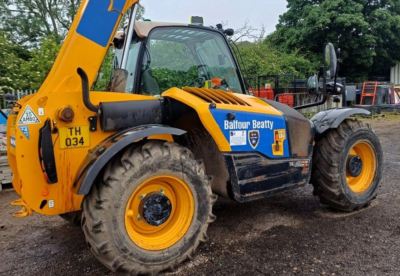
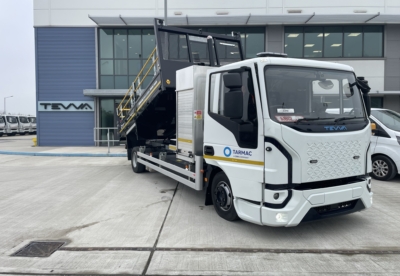
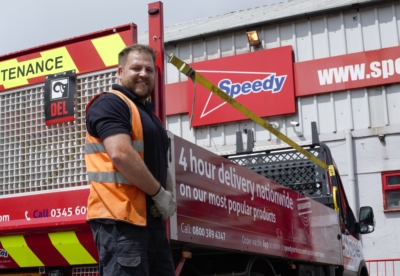

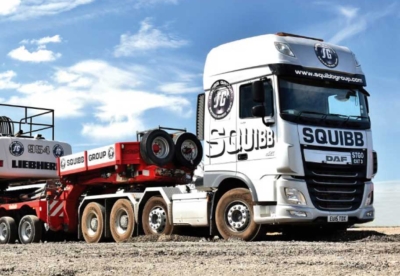
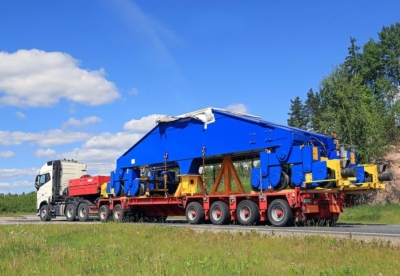

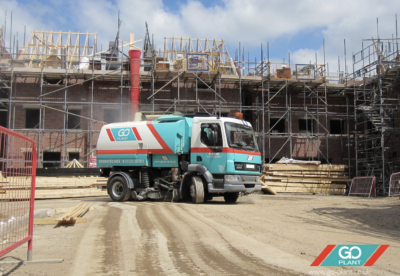
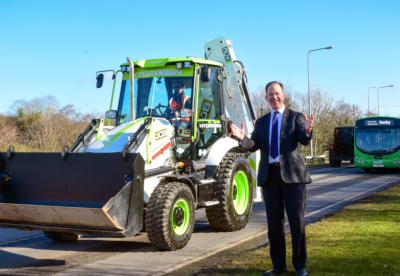


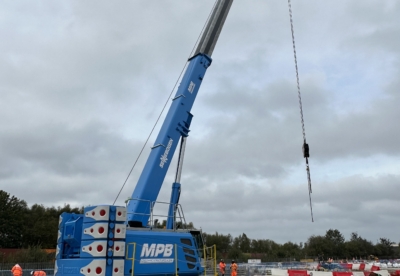
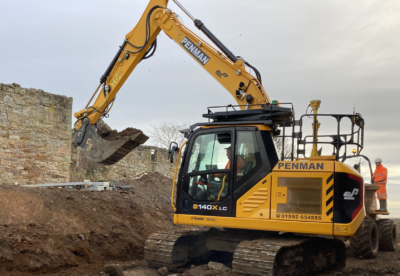
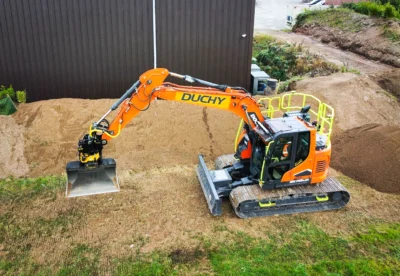

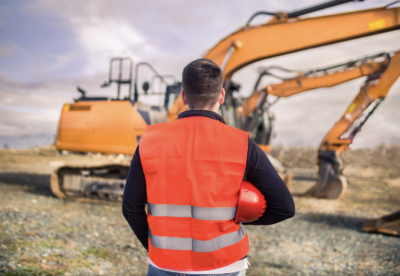
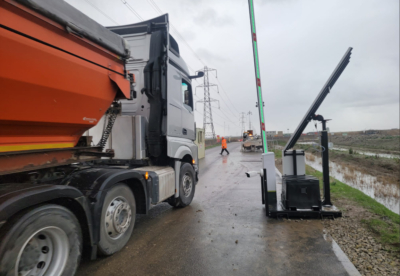
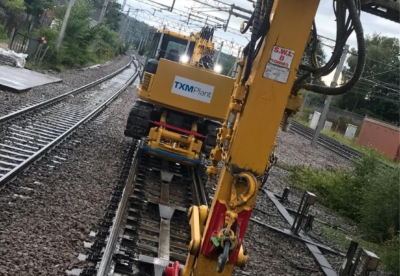


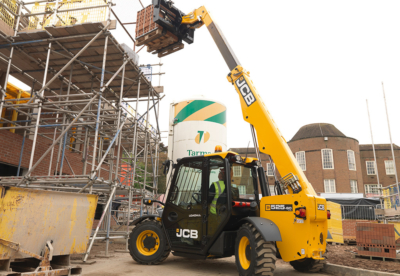
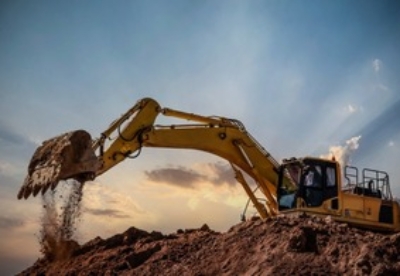








.gif)